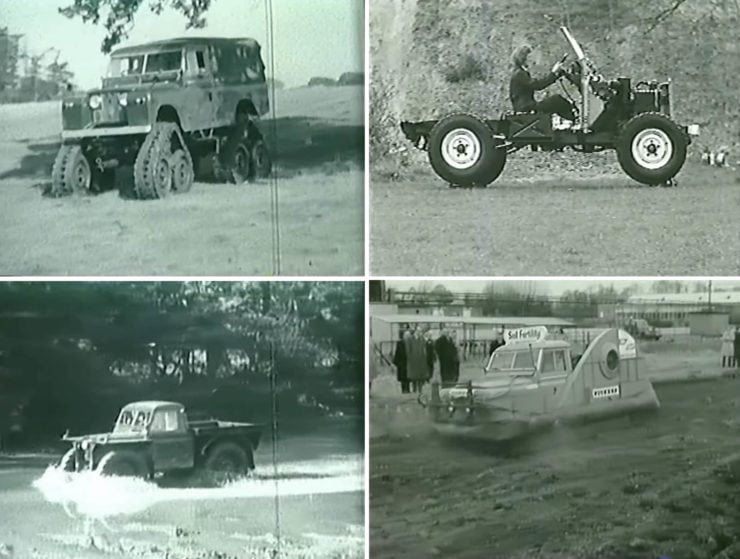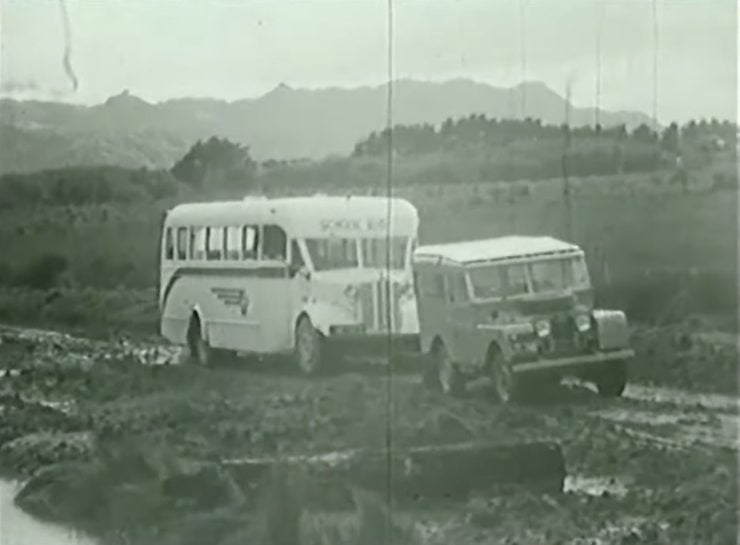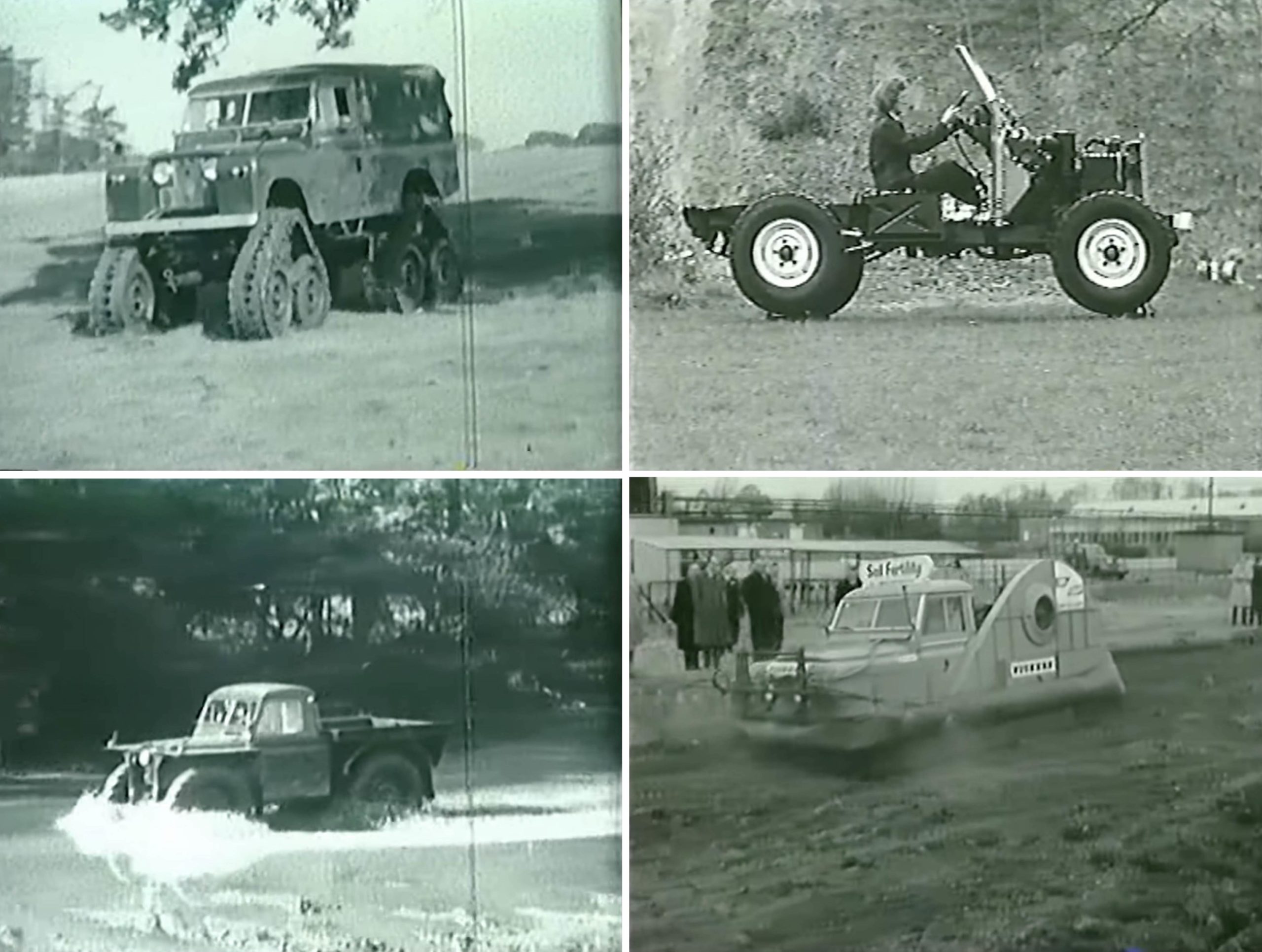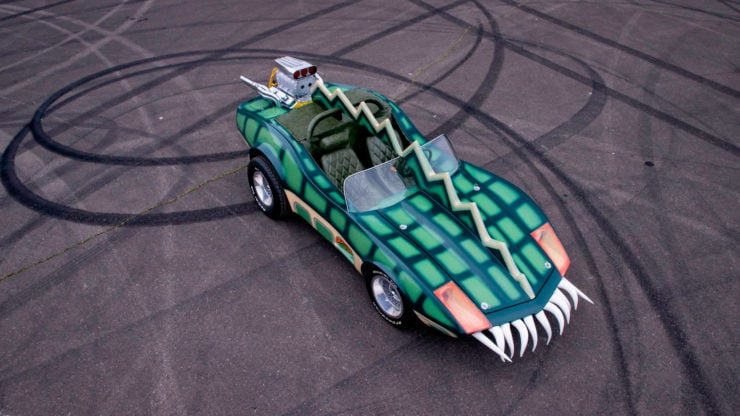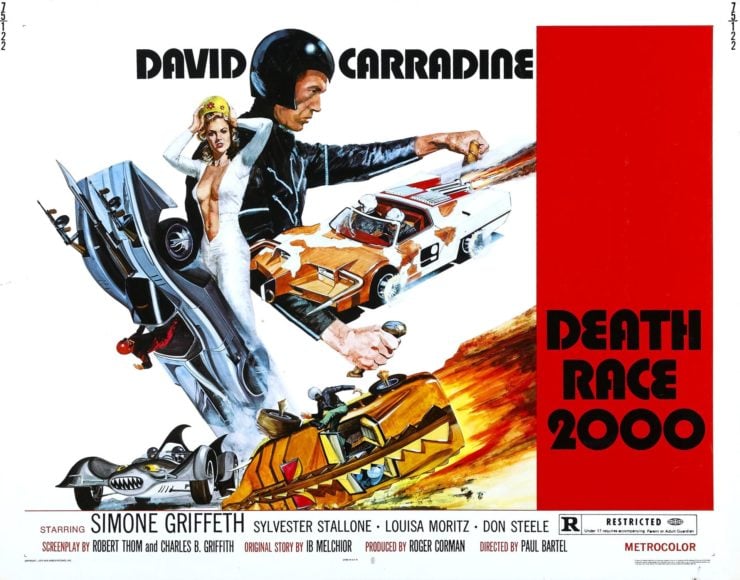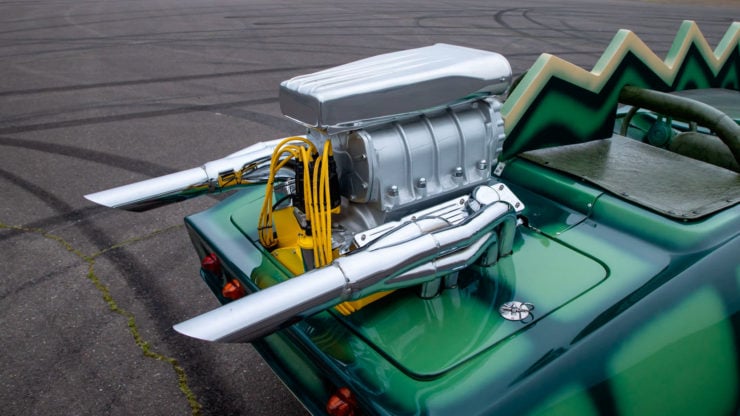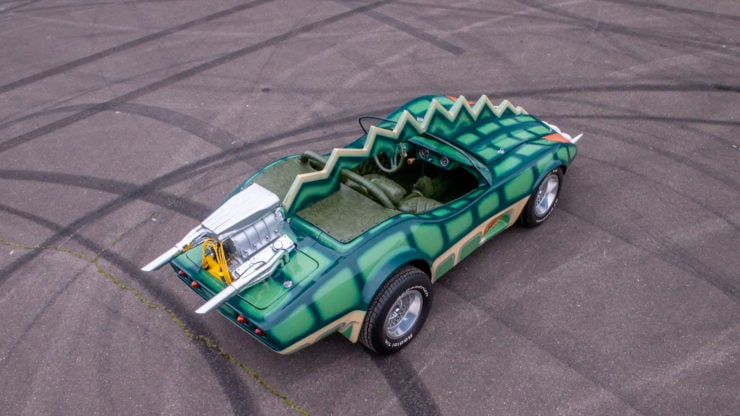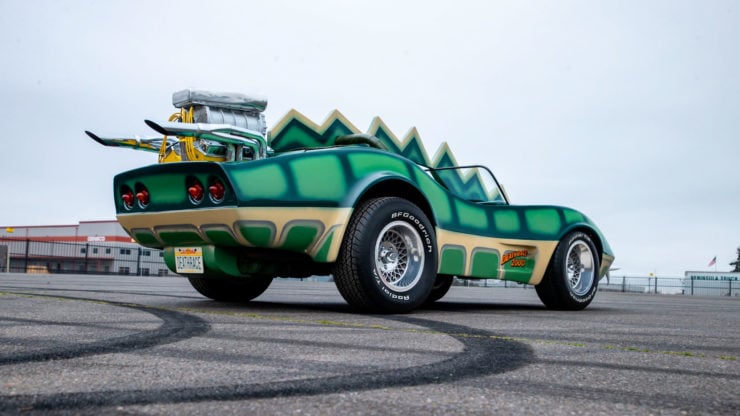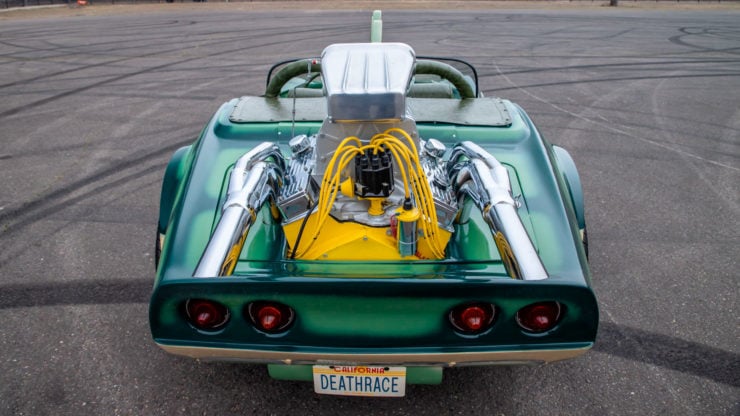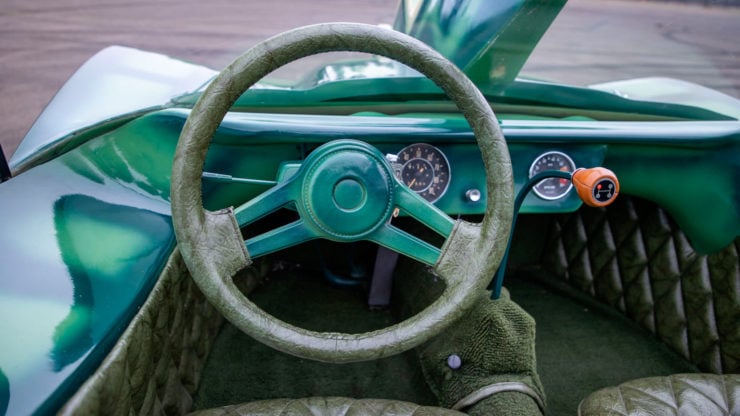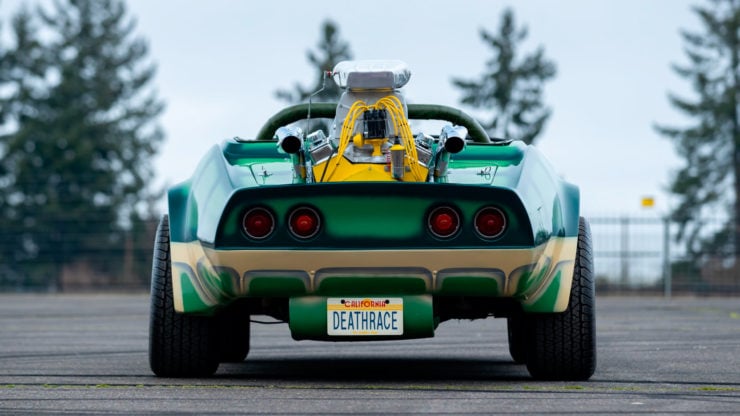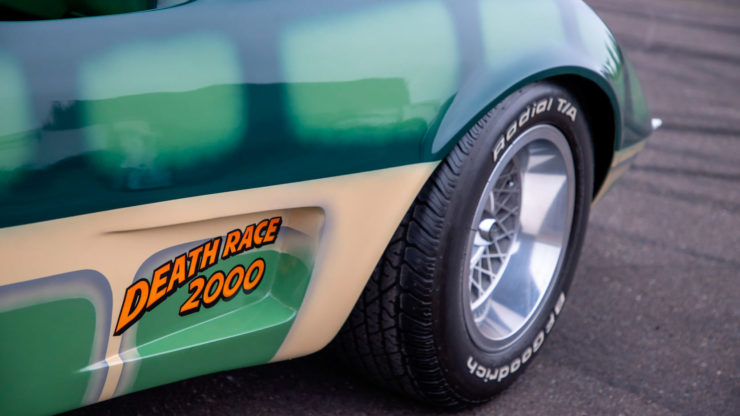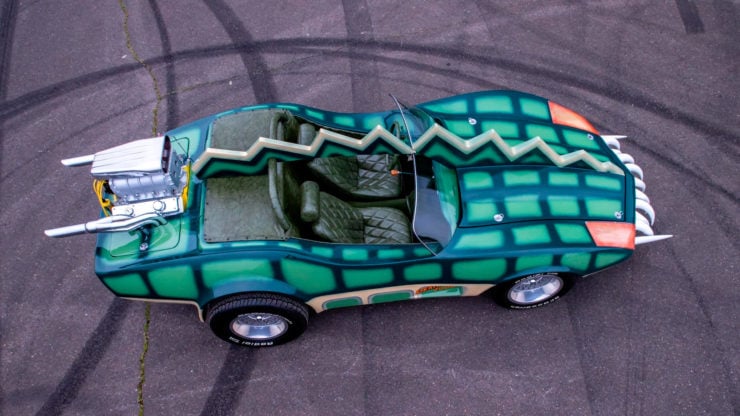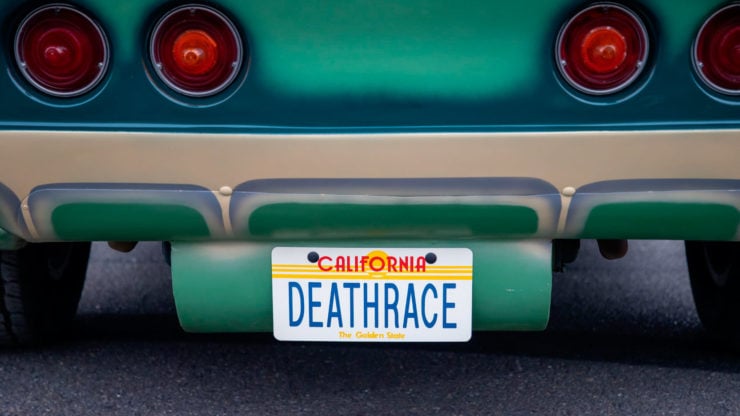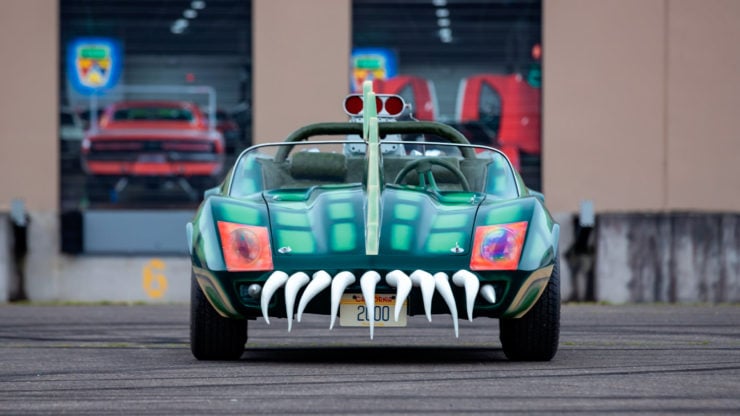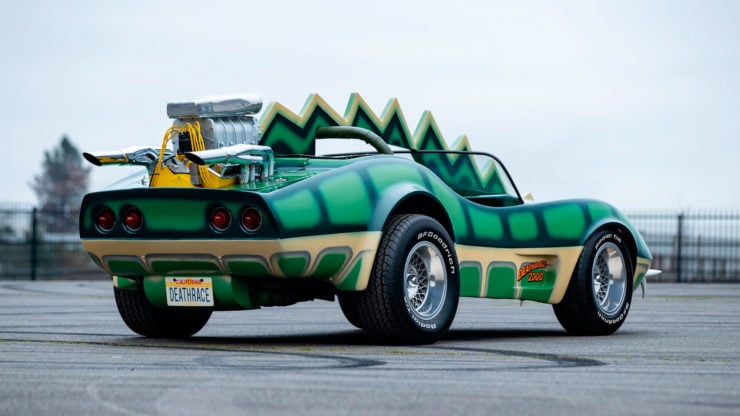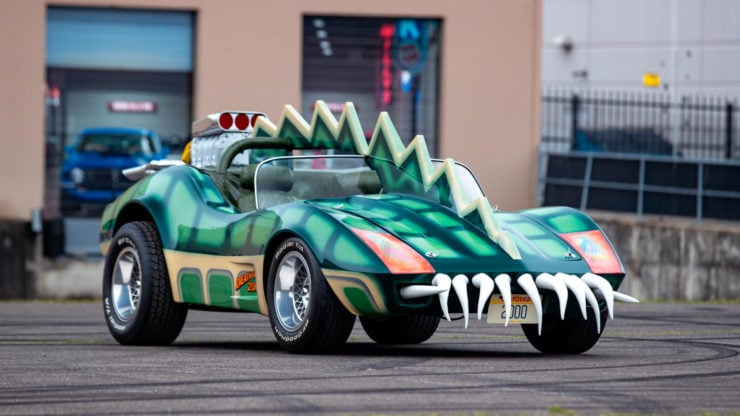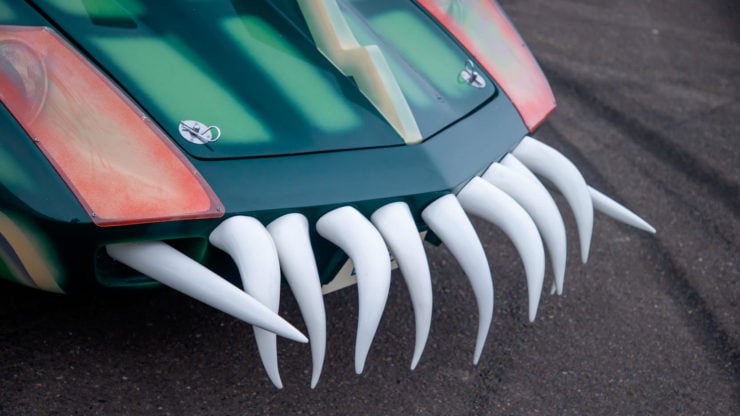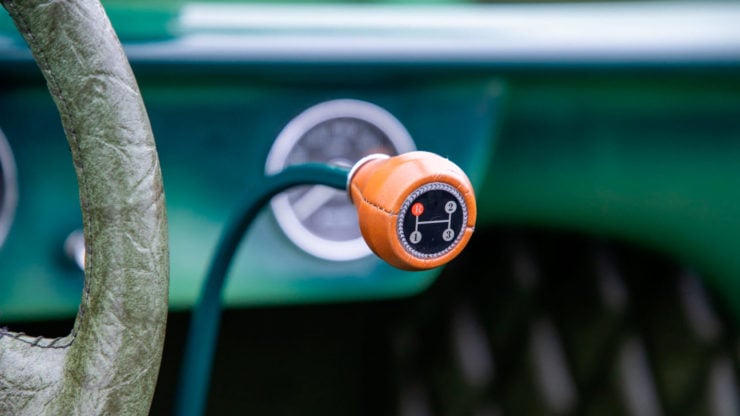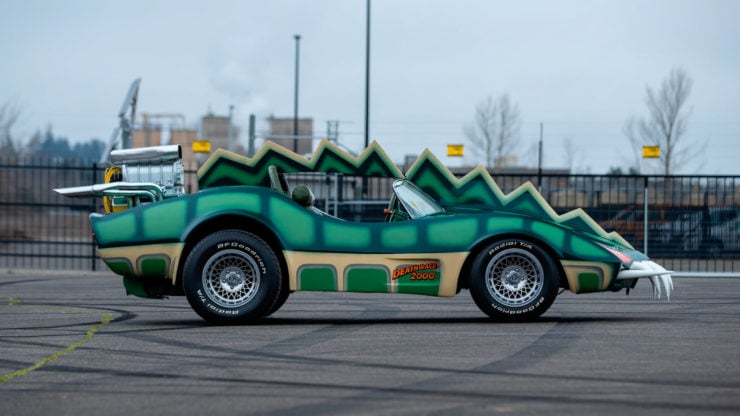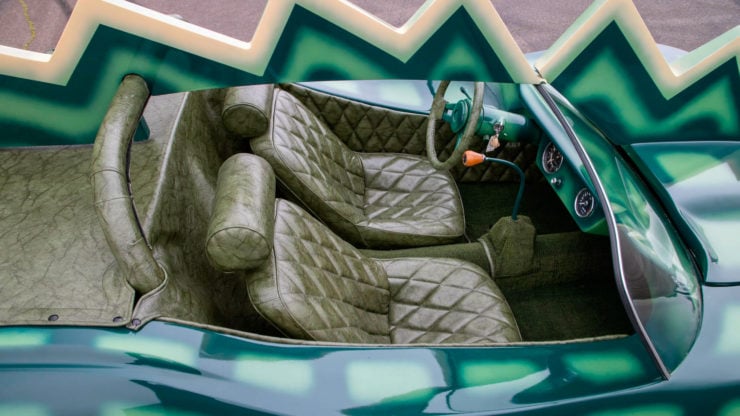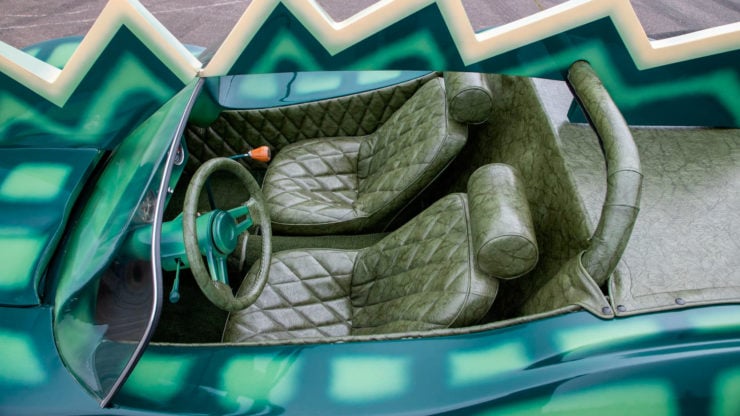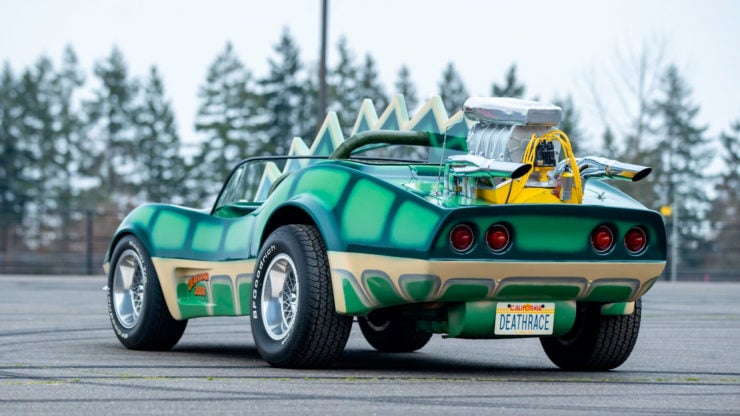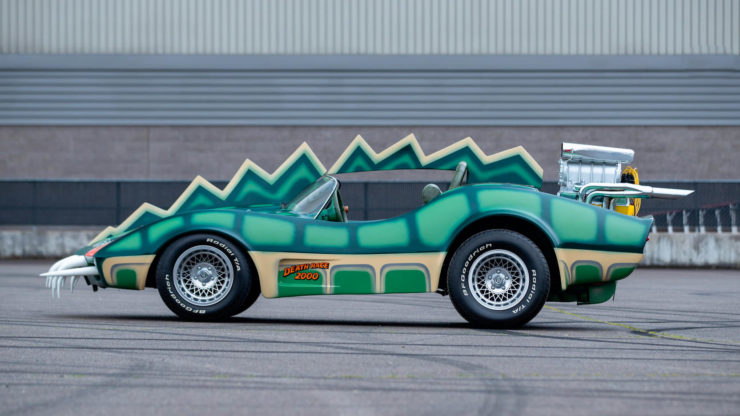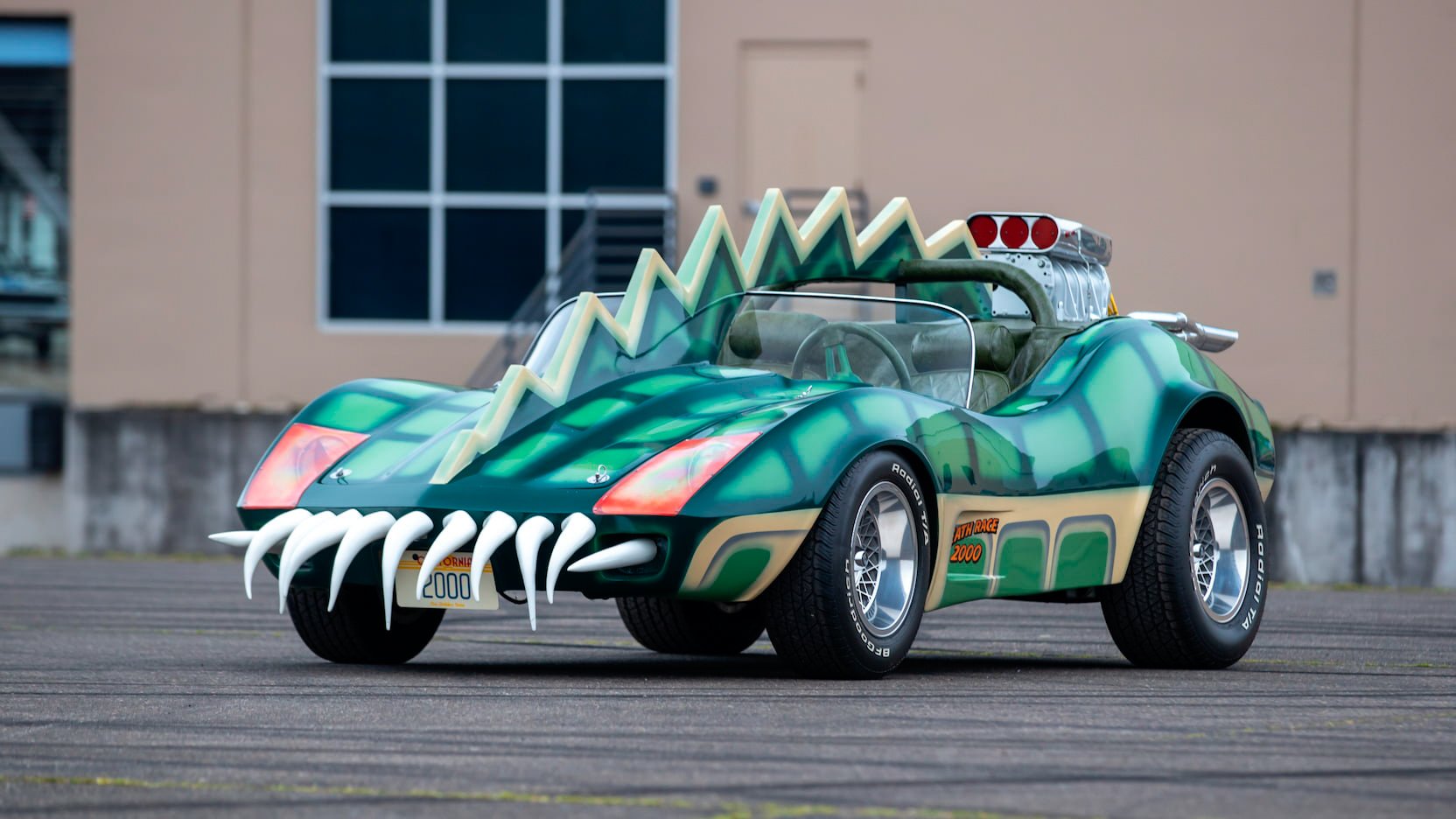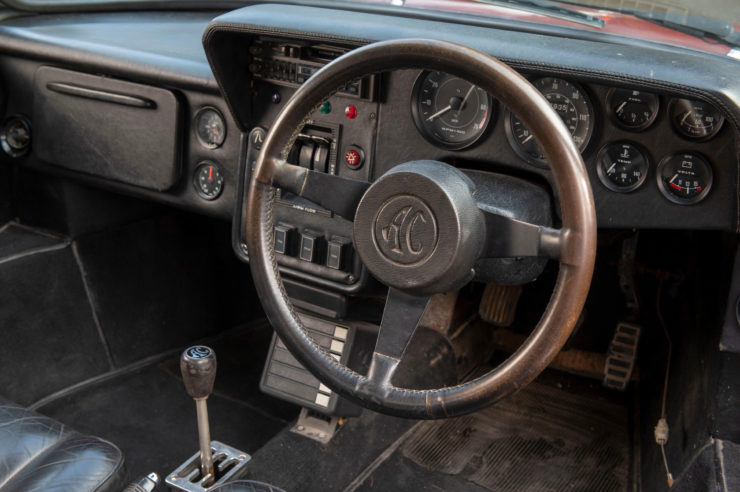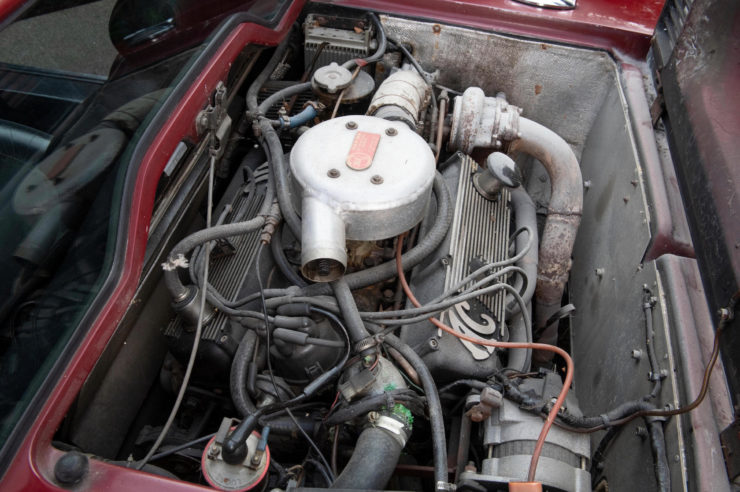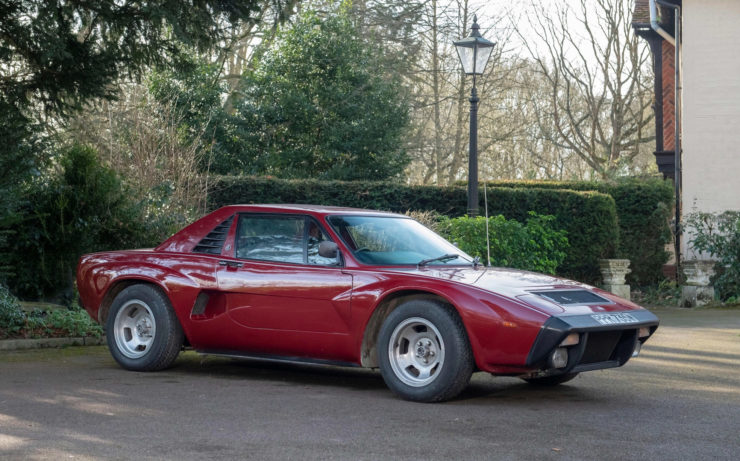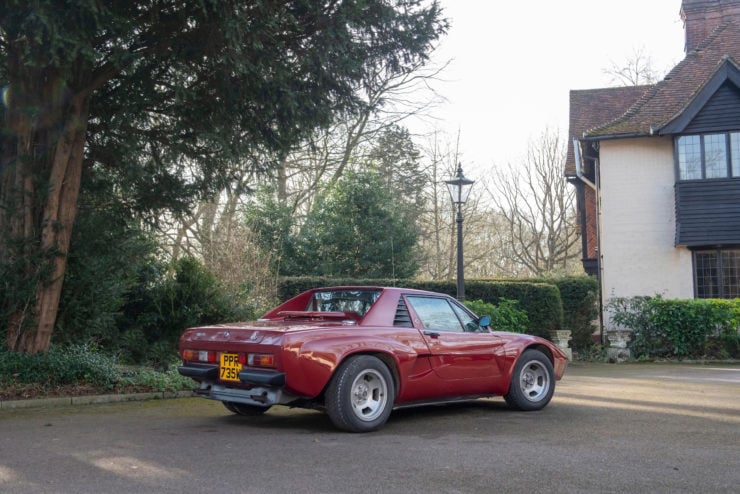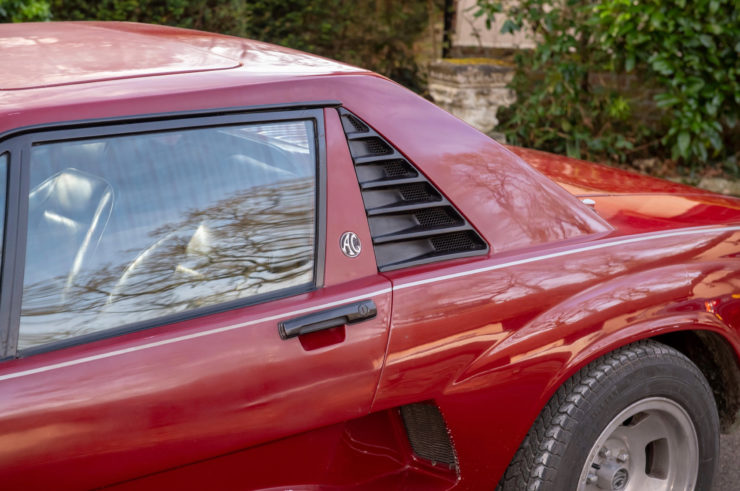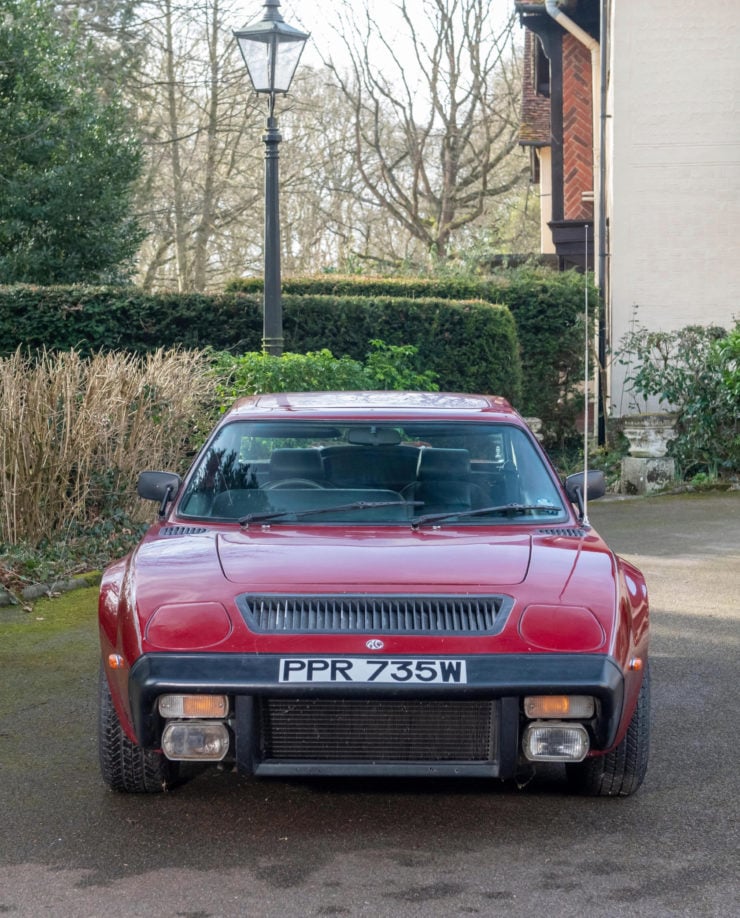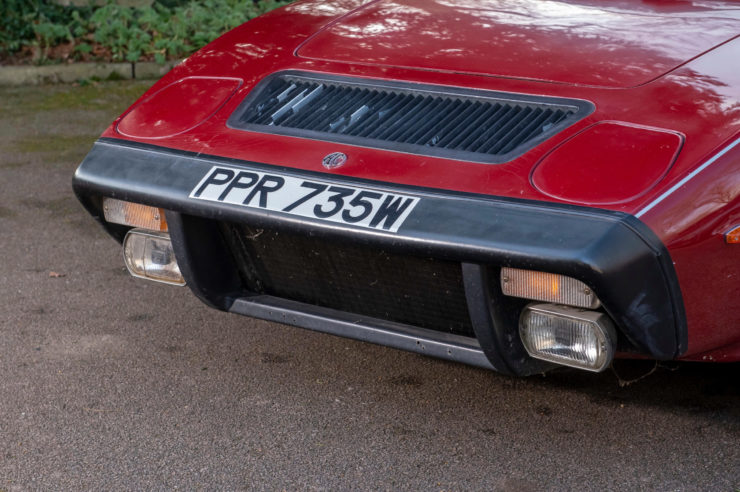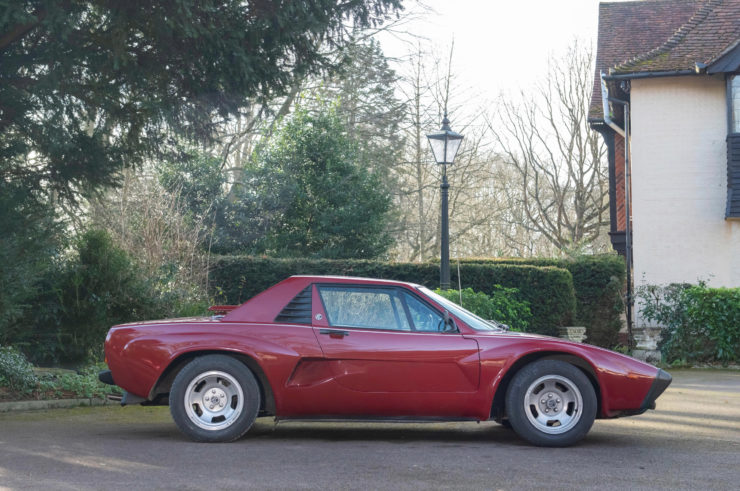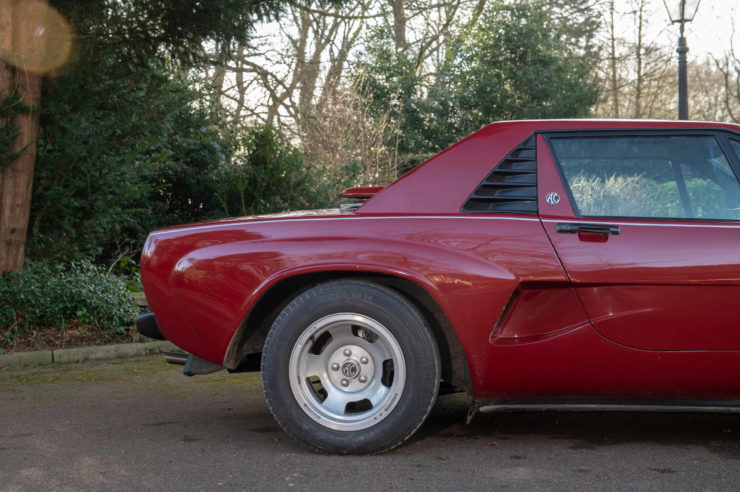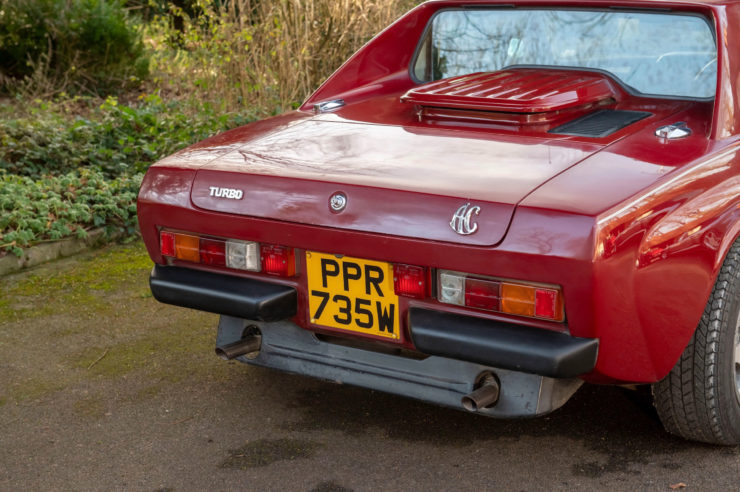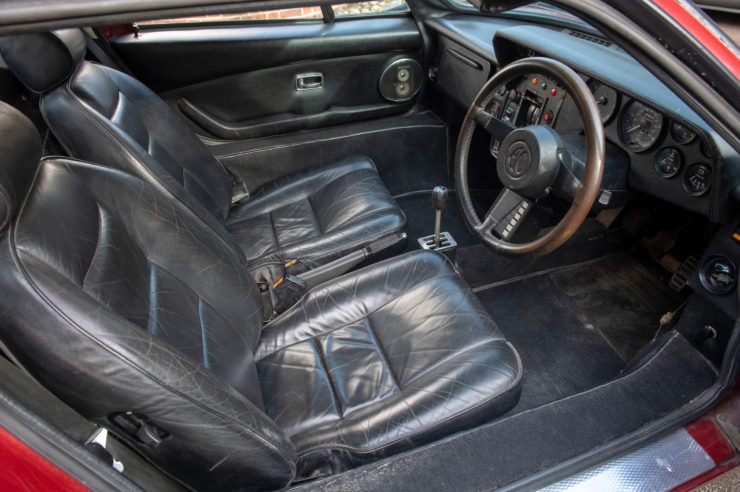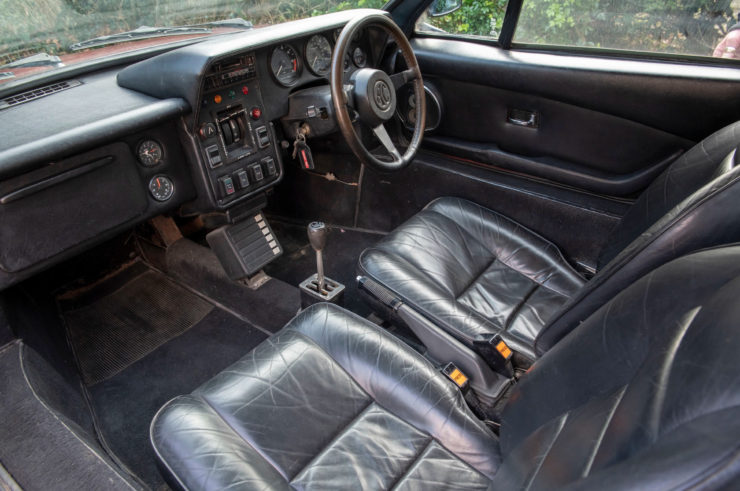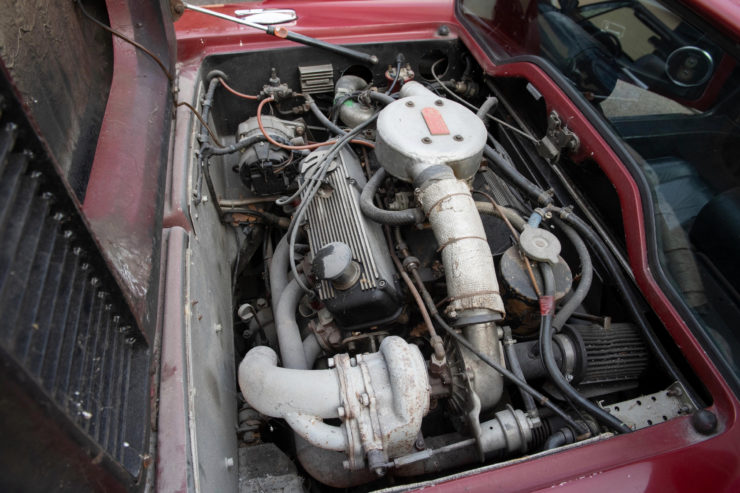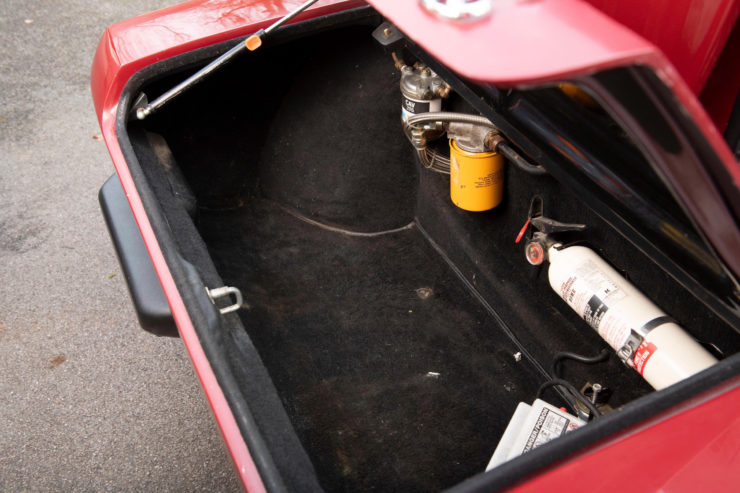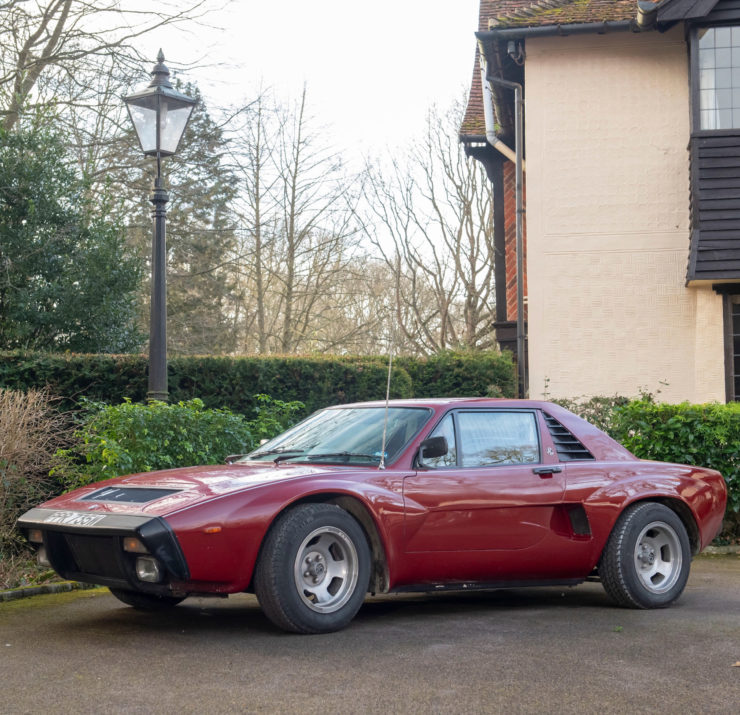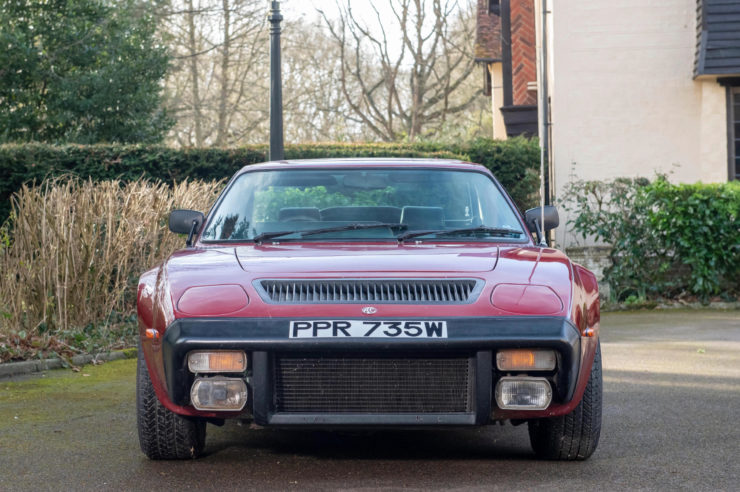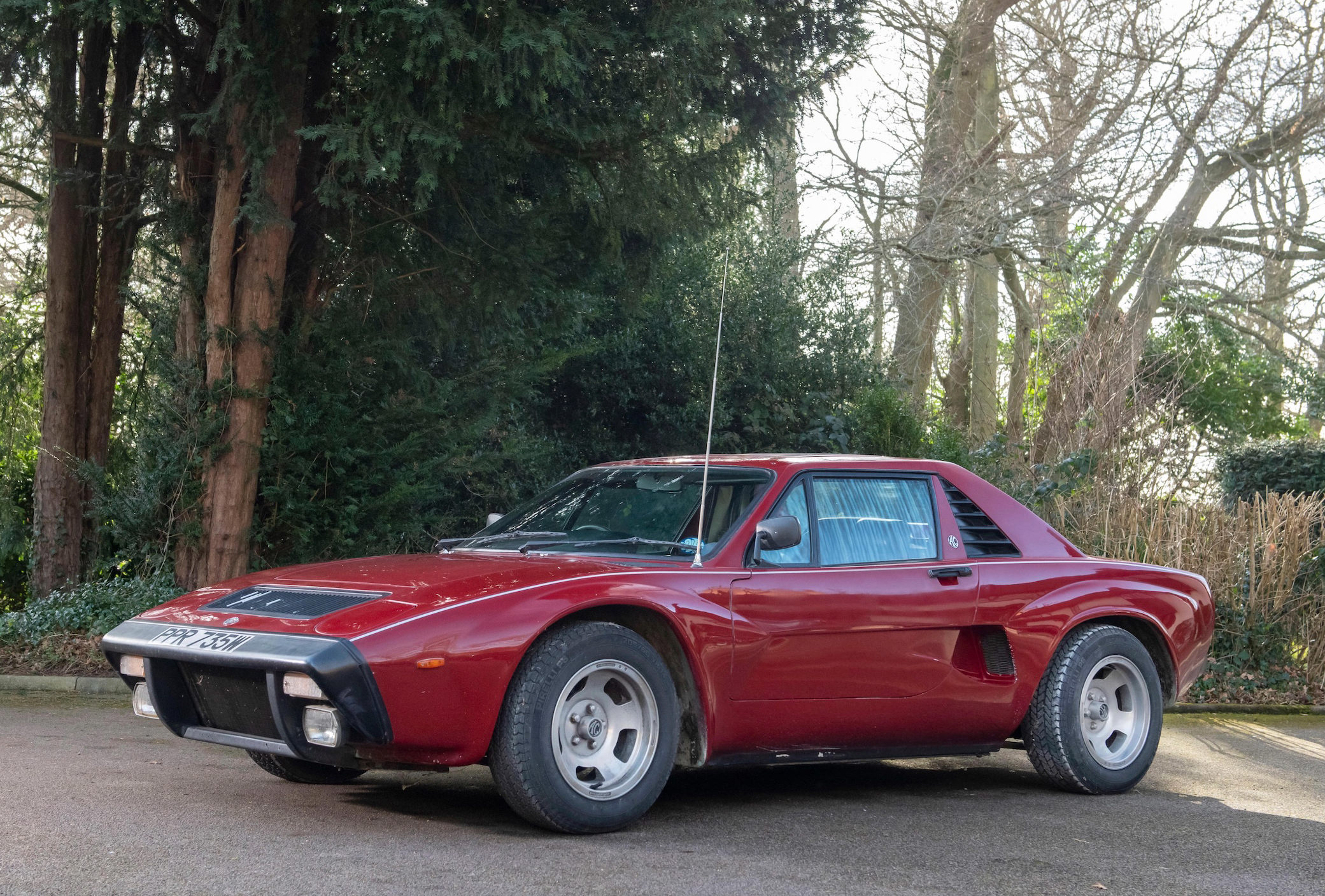Actor and comedian Jerry Seinfeld is well-known for his love of Porsches, but his passion for air-cooled motoring extends further than that – he’s owned a number of Volkawagens including an unrestored 1960 Beetle that sold for a new world record price of $121,000 USD in 2016.
The 1964 Volkswagen Type 2 EZ Camper you see here was owned by Seinfeld for a number of years, there’s no word on whether he went camping in it, though he did feature a later model Type 2 camper in an episode of Comedians In Cars Getting Coffee with Jim Gaffigan.
Fast Facts – Jerry Seinfeld’s VW Type 2 EZ Camper
- This is a first generation Volkswagen Type 2 that has been converted to camper specification by EZ Camper of America in Littlerock, California.
- The VW Type 2 is better known as the Bus, Microbus, Kombi, or Bulli, depending on where you’re from. It was released by the German automaker to accompany their earlier production model named the Type 1 – better known as the VW Beetle.
- The Type 2 was released over six generations from 1950 to the present day, the most desirable are there first generation “split window” Type 2s however the second generation Kombis also have a strong enthusiast base.
- The first generation Type 2 has a steel ladder frame chassis and a stamped steel body, it’s powered by a rear mounted flat-four engine mated to a manual transmission driving the rear wheels. Van, minivan, truck, ambulance, and many other sub-variants were built, some of which are now worth over $100,000 USD.
The Volkswagen Type 2 “Kombi” Van
The Volkswagen Type 2 was originally conceived by Dutch Volkswagen importer Ben Pon when he visited the factory in 1946.
He saw a simple open topped transporter they had built on the Beetle platform which gave him an idea – he sketched out a van design based on the transporter which set the wheels in motion for the creation of one of the most beloved vans of all time.
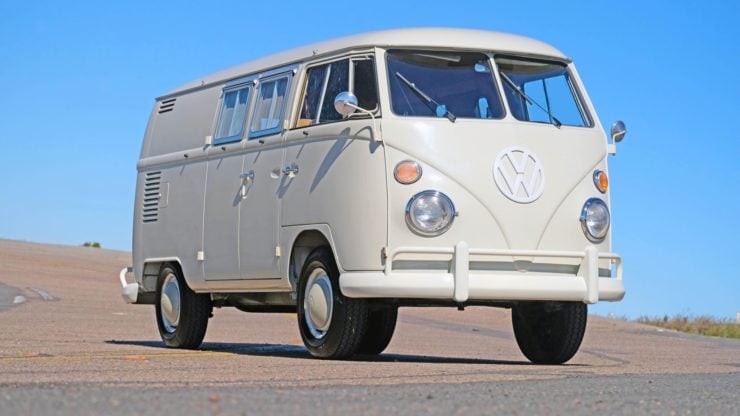
This is s 1960 VW Type 2 making it a first generation “split window” example that is highly desirable to collectors and enthusiasts.
Over the course of its history this van would be built over six generations and counting from 1950 to the present day. Of course there are no interchangeable parts between the modern vans and their early predecessors, but their family heritage is unbroken.
The Type 2 would become most famous as the vehicle of choice for many members of the hippie movement of the 1960s. The vans would double as both transportation and accommodation, pre-dating the modern “Van Life” trend by over 50 years.
For many years the first generation Type 2s had low values and many were scrapped or rusted into oblivion, surviving examples can now fetch sums in the low six figures depending on variant and there’s a global enthusiast community dedicated to keeping them on the road.
The Ex-Jerry Seinfeld Volkswagen Type 2 EZ Camper Shown Here
Comedian and actor Jerry Seinfeld is well-known in the classic car community for his love of air-cooled German vehicles, though they’re typically from Stuttgart rather than Wolfsburg and carry Porsche badging rather than Volkswagen.
That said, Seinfeld has owned a number of fascinating non-Porsches over the years including a BMW 300 Isetta microcar, a Fiat 500, a Morgan Plus 4, a Cadillac Eldorado Seville, a Ferrari 365 GTB/4 Daytona, a Austin-Healey 3000, and a number of others.
Above Video: A clip from season eight, episode six of Seinfeld titled “The Mom & Pop Store” in which the act of buying a vehicle because of its celebrity former owner is lampooned.
Seinfeld bought the 1964 Volkswagen Type 2 EZ Camper you see here back in 2010 to add it to his collection, he kept it until 2016 when it was sold at auction. There’s no word on whether he went camping in it but as mentioned above, he did do an episode of Comedians In Cars Getting Coffee with Jim Gaffigan driving a second generation Type 2.
Celebrity former owners can have a significant impact on the valuation of classic vehicles when they come up for auction, a fact that was famously lampooned by the Seinfeld TV series in episode eight of season six, titled “The Mom & Pop Store.” George ends up buying a 1989 LeBaron convertible because it formerly belonged to Jon Voight (see the clip above).
This van was acquired by the current owner six years ago who is now offering it for sale on Bring A Trailer. Under their ownership they have given the vehicle compression and leakdown tests, a brake fluid flush, clutch adjustment, carburetor cleaning, they replaced the battery, a fuel line, and all four tires.
The accommodation in the rear of the van includes a Mobilaire ice chest, a sink, three fold-away tables, storage cabinets, two electrical outlets, folding bench seats trimmed in patterned brown vinyl, a fire extinguisher, a tiled floor with a rug, and wood paneling on the roof, door panels, and sides.
If you’d like to read more about this well-presented Type 2 with its A-List former owner you can click here to visit the listing on Bring A Trailer.
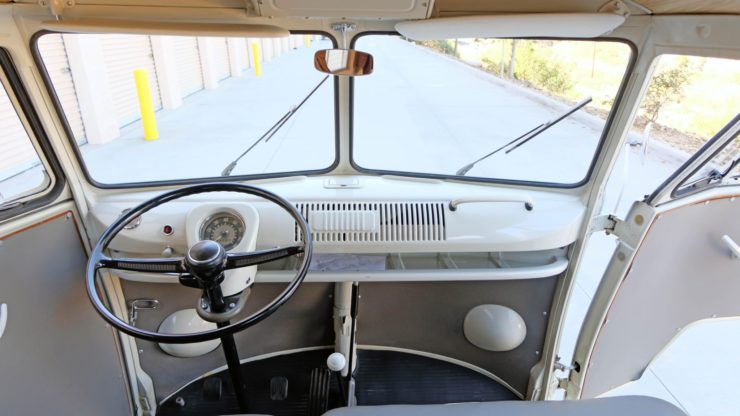
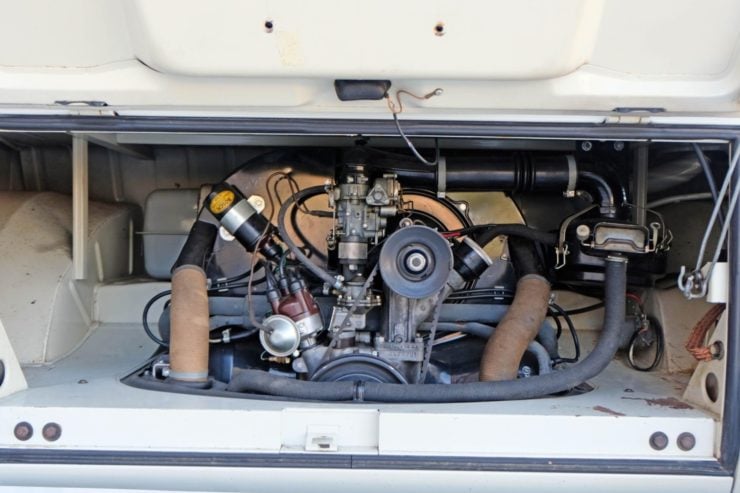
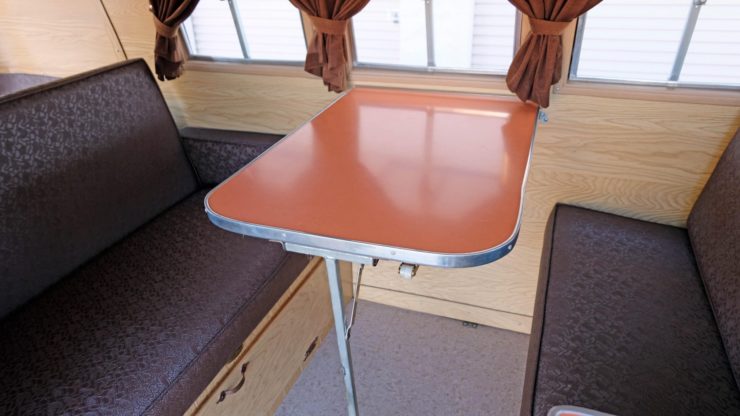
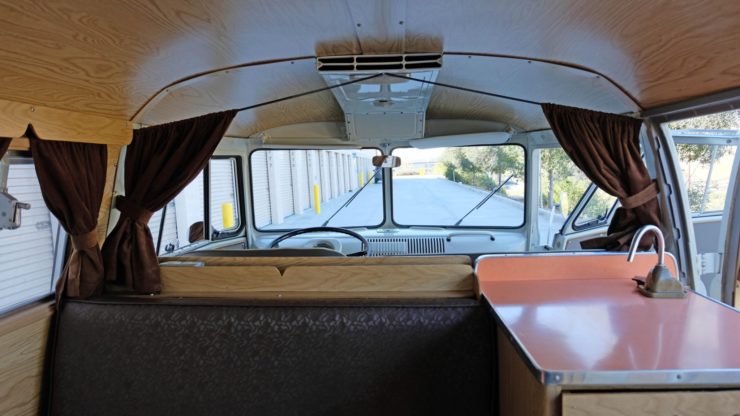
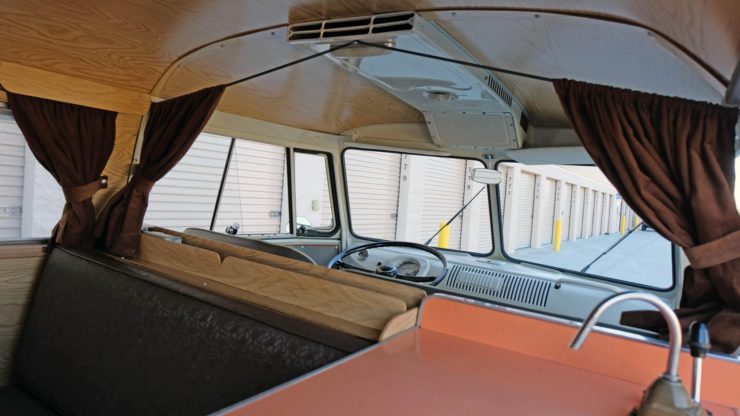
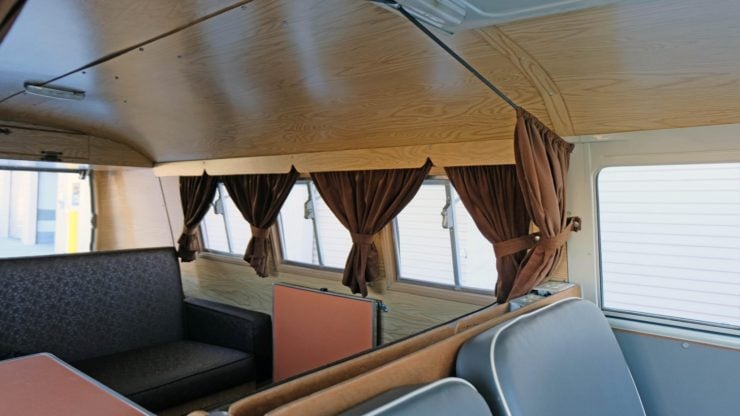
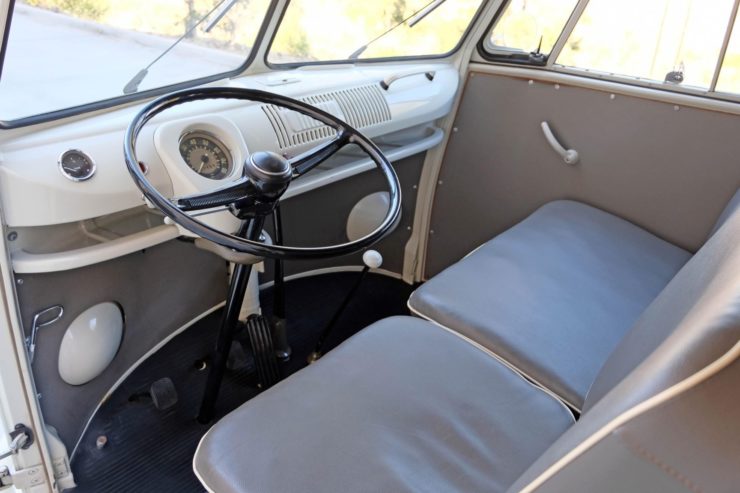
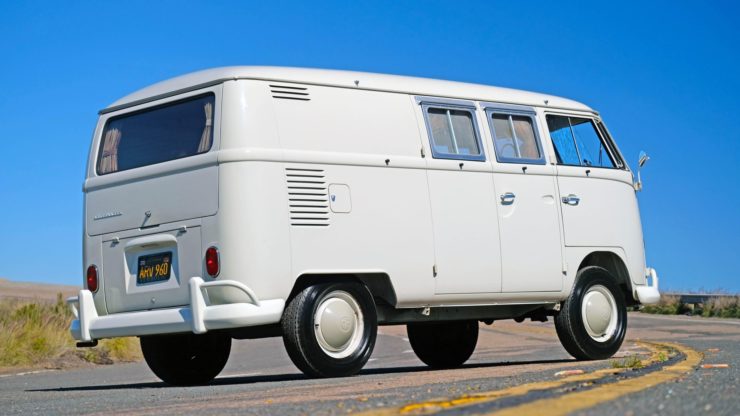
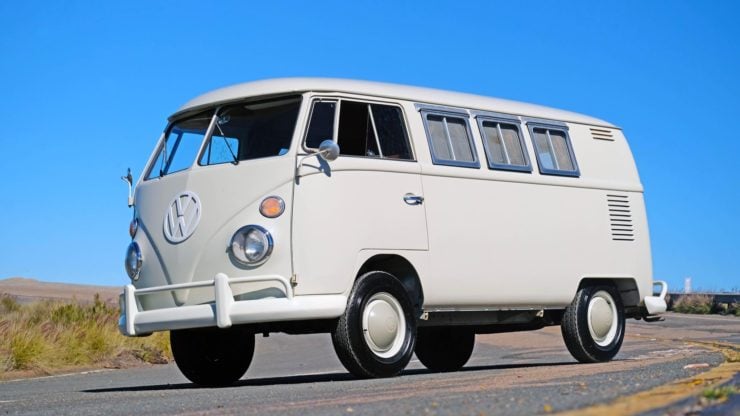
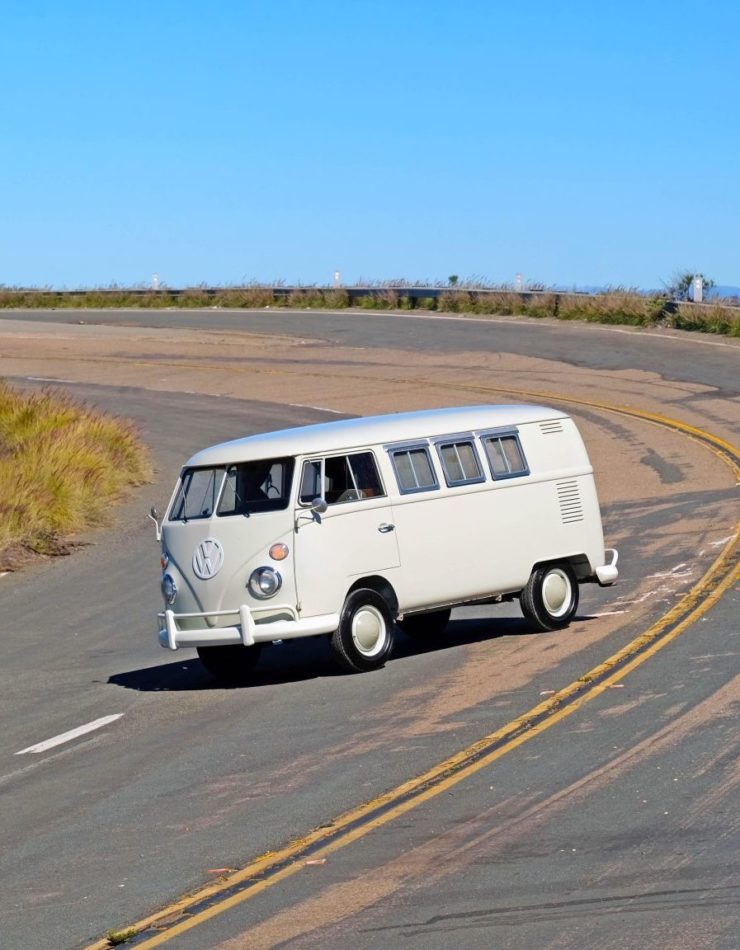
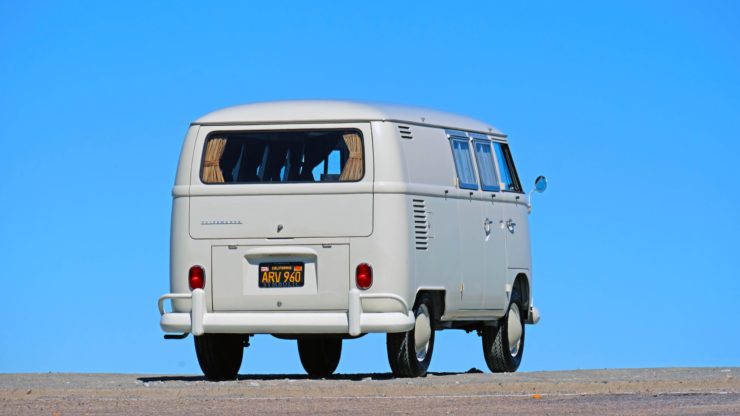
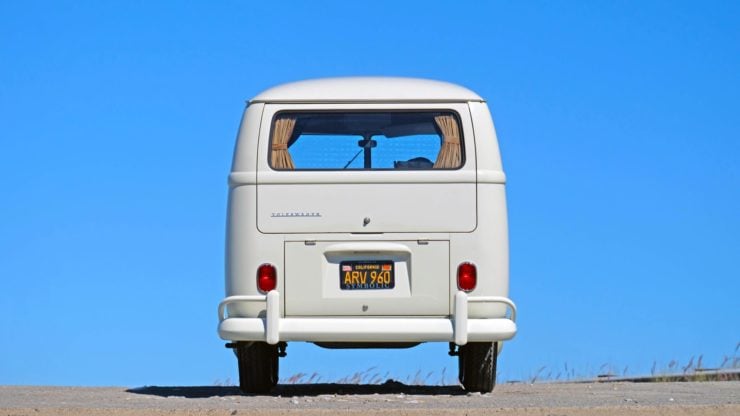
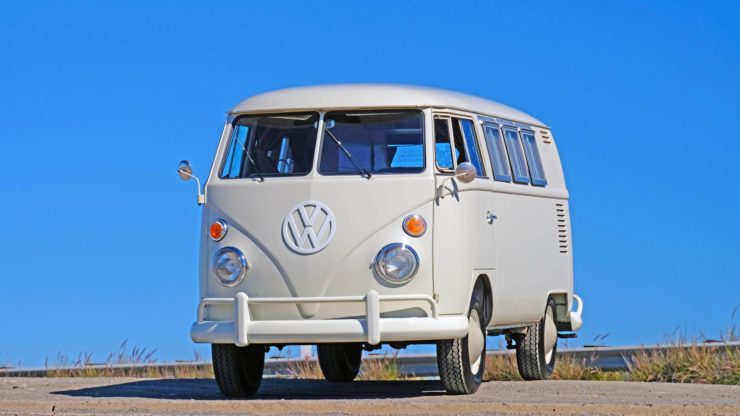
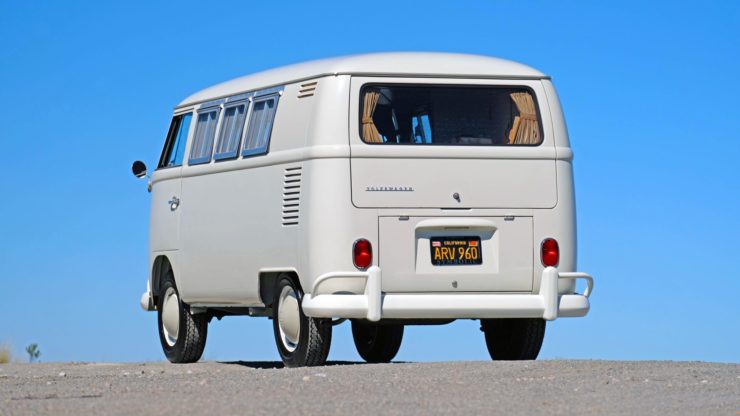
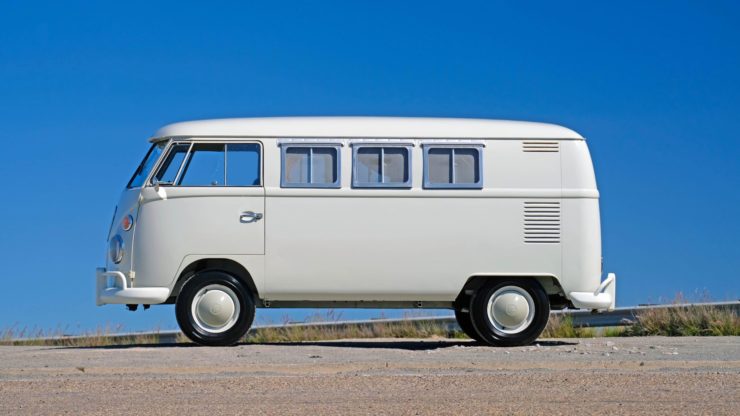
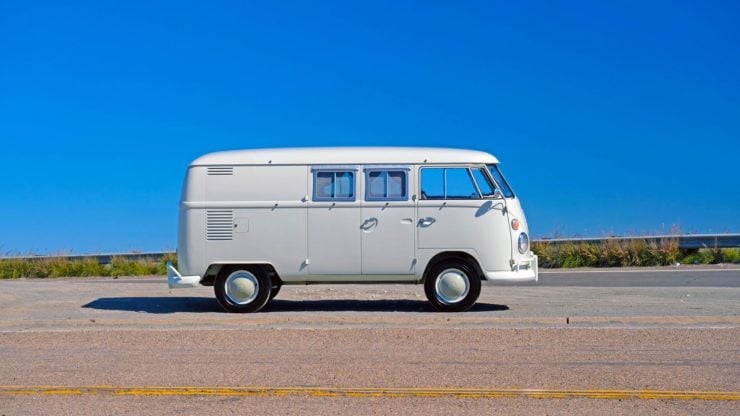
Images courtesy of Bring A Trailer
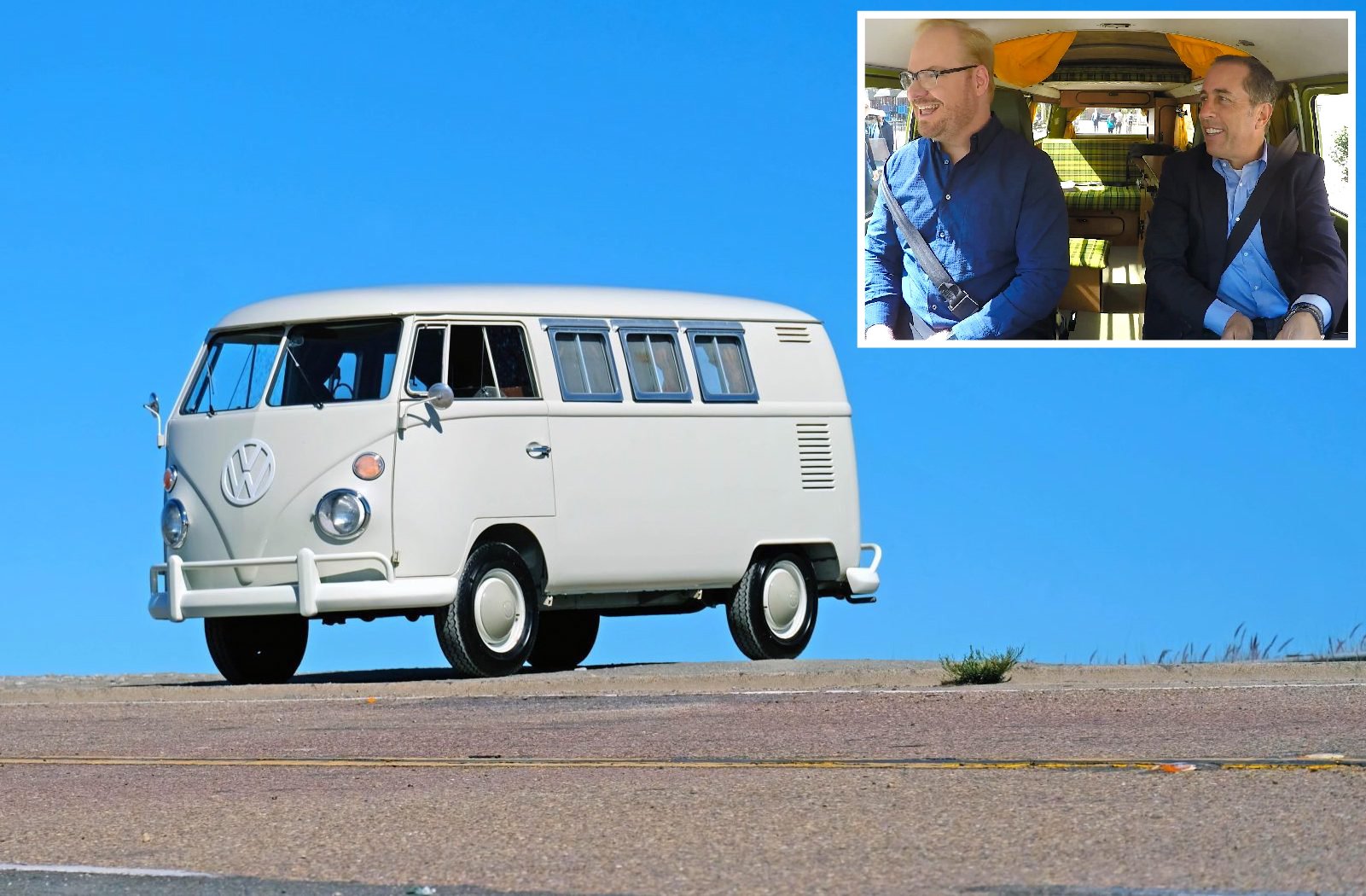
The post For Sale: Jerry Seinfeld’s 1964 Volkswagen Type 2 EZ Camper appeared first on Silodrome.
from Silodrome https://silodrome.com/jerry-seinfeld-volkswagen-type-2-ez-camper/
via gqrds
